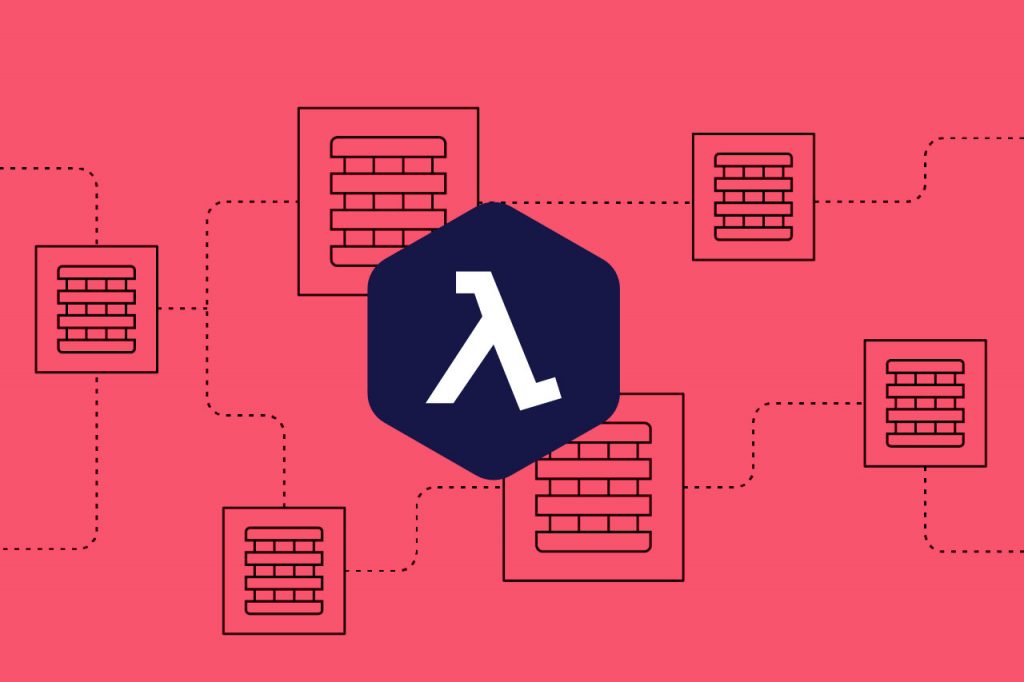AWS Lambda, a serverless compute service, lets you run the code on highly available infrastructure. It helps you effectively administer compute resources, including code monitoring & logging, capacity provisioning, automatic scaling, and maintaining operating systems. Cloud security, which is a shared responsibility, is one of the prime USPs of AWS Lambda. It helps you leverage a network architecture and data center built to meet your critical requirements around security and compliance.
Automating incident response and gathering imperative security data ramps up the process of threat detection and mitigation while improving visibility into your cloud environment.
Before moving to the benefits of AWS Lambda, let us first go through key areas to consider for meeting your business objectives around security and compliance.
Applying Security Principles to AWS Lambda Applications
Following are some key areas and associated recommendations to consider for improving your security and compliance with AWS Lambda.
Data Protection
According to the AWS shared responsibility model, the responsibility of maintaining applications and data in the infrastructure is yours, for which, you can follow the below-given steps.
- Apply multi-factor authentication for every account.
- Utilize SSL/TLS for communicating with AWS resources.
- Using AWS CloudTrail set up a user activity logging and API.
- Along with default security controls provided, leverage encryption solutions of AWS.
- Using services of advanced managed security, discover and secure the data in Amazon S3.
Identity and Access Management (IAM)
It is recommended that you apply IAM to set up each user account and protect the account credentials. This helps in controlling the access to AWS resources in a secured manner for authenticating and authorizing the users of AWS Lambda. Following are key identity and access management best practices.
- For privileged users, multi-factor authentication must be enabled.
- Policy Conditions must be utilized for better security.
- Unessential credentials must be eliminated.
- Wherever possible, AWS-defined policies must be used for assigning permissions.
- While assigning permissions to users of IAM, leveraging Groups is highly beneficial.
Shared Responsibility Model
In the AWS Lambda or serverless model, you are free to concentrate your resources on
- Securing the application code.
- Authorizing and authenticating the accessibility of confidential data.
- Storage security.
- Assessing the applications’ behaviour through logging and monitoring.
- Identity and access management.
The shared responsibility model defines security based on two factors, which are
- Security in the Cloud: Based on the AWS services you consume, your responsibility is defined. Other aspects that you are responsible for securing your cloud environment include data’s sensitivity, compliance objectives, and regulations.
- Security of the Cloud: The responsibility of protecting your infrastructure lies with AWS, which also offers you services that can be used protectively. The effectiveness of AWS’ security as part of their compliance programs is regularly audited by a third party.
Why Use AWS Lambda?

Major USPs of using AWS Lambda can be determined based on the benefits it offers, such as
- Granular Security: As the number of functions increase, so does the number of IAM roles to be established. However, most organizations are either unaware or do not make the best out of this boon. With the right processes, tools, and technologies, you can create robust, more secured permissions around all the Lambda functions, allowing them to access only the services needed.
- Shift to Zero Trust: Over the recent years, it has been witnessed that perimeter security is not much applicable in serverless architectures such as AWS Lambda, which in turn led the transition to ‘Zero Trust’ approach. This approach amplifies the security of applications and data to a significant extent.
- Contemporary Protection: Challenges in deploying security measures without state are often the topic of debate when the question arises around the security potential of serverless architectures. However, as the AWS Lambda functions run for shorter durations, attackers are often kept at bay from compromising them. The challenge to attackers can be made even more difficult if you focus on making the function timeouts to run for a very short time span.
To Conclude
There are several benefits associated with AWS Lambda for you to push your organization toward a serverless architecture. While serverless architectures bring new challenges around security, they also conjure huge opportunities and remarkable advantages for the enhanced compliance posture of your cloud infrastructure.
Recommended reading!






